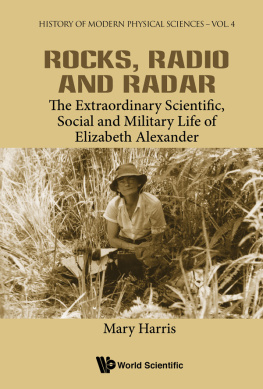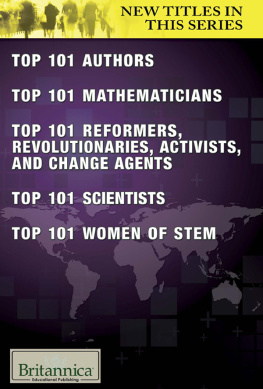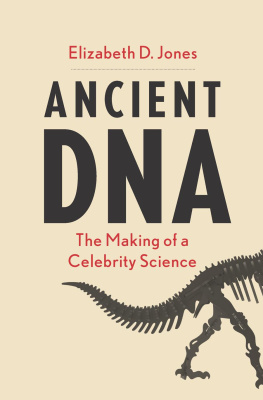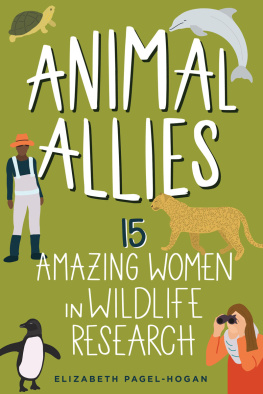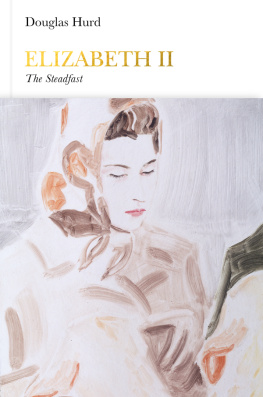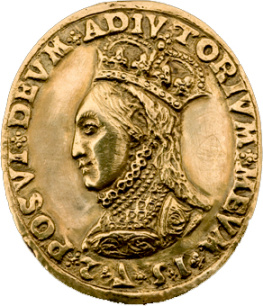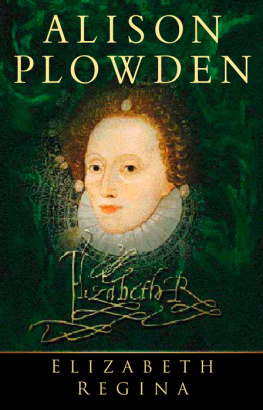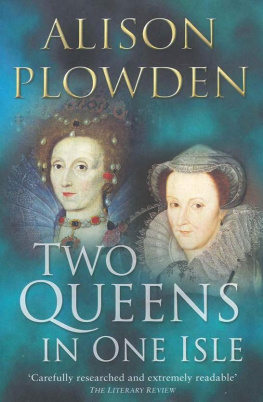| History of Modern Physical Sciences | ISSN 1793-0820 |
Aims and Scope
The series will include a variety of books dealing with the development of physics, astronomy, chemistry and geology during the past two centuries (18002000). During this period there were many important discoveries and new theories in the physical sciences which radically changed our understanding of the natural world, at the same time stimulating technological advances and providing a model for the growth of scientific understanding in the biological and behavioral sciences.
While there is no shortage of popular or journalistic writing on these subjects, there is a need for more accurate and comprehensive treatments by professional historians of science who are qualified to discuss the substance of scientific research. The books in the series will include new historical monographs, editions and translations of original sources, and reprints of older (but still valuable) histories. Efforts to understand the worldwide growth and impact of physical science, not restricted to the traditional focus on Europe and the United States, will be encouraged. The books should be authoritative and readable, useful to scientists, graduate students and anyone else with a serious interest in the history, philosophy and social studies of science.
Published
| Vol. 4 | Rocks, Radio and Radar: The Extraordinary Scientific, Social and Military Life of Elizabeth Alexander
by Mary Harris (University College London Institute of Education, UK) |
| Vol. 3 | Matter and Spirit in the Universe: Scientific and Religious Preludes to Modern Cosmology
by Helge Kragh (Aarhus University, Denmark) |
| Vol. 2 | Stalins Great Science: The Times and Adventures of Soviet Physicists
by Alexei B Kojevnikov |
| Vol. 1 | The Kinetic Theory of Gases: An Anthology of Classic Papers with Historical Commentary
by Stephen G Brush (University of Maryland, USA)
edited by Nancy S Hall (University of Maryland, USA) |
More information on this series can also be found at http://www.worldscientific.com/series/hmps
Published by
World Scientific Publishing Europe Ltd.
57 Shelton Street, Covent Garden, London WC2H 9HE
Head office: 5 Toh Tuck Link, Singapore 596224
USA office: 27 Warren Street, Suite 401-402, Hackensack, NJ 07601
Library of Congress Cataloging-in-Publication Data
Names: Harris, Mary, 1939 author.
Title: Rocks, radio and radar : the extraordinary scientific, social and military life of Elizabeth Alexander / by Mary Harris (University College London Institute of Education, UK).
Description: New Jersey : World Scientific, [2019] | Series: History of modern physical sciences ; volume 4 | Includes bibliographical references.
Identifiers: LCCN 2018061455 | ISBN 9781786346643 (hc : alk. paper)
Subjects: LCSH: Alexander, Elizabeth, 19081958. | Women scientists--Great Britain--Biography. | Scientists--Great Britain--Biography. | Geologists--Great Britain--Biography. | Astronomers--Great Britain--Biography. | Physicists--Great Britain--Biography. | Geology--Singapore--History--20th century. | Radio astronomy--History--20th century. | World War, 1939-1945--Radar.
Classification: LCC Q143.A44 H37 2019 | DDC 509.2--dc23
LC record available at https://lccn.loc.gov/2018061455
British Library Cataloguing-in-Publication Data
A catalogue record for this book is available from the British Library.
Copyright 2019 by World Scientific Publishing Europe Ltd.
All rights reserved. This book, or parts thereof, may not be reproduced in any form or by any means, electronic or mechanical, including photocopying, recording or any information storage and retrieval system now known or to be invented, without written permission from the Publisher.
For photocopying of material in this volume, please pay a copying fee through the Copyright Clearance Center, Inc., 222 Rosewood Drive, Danvers, MA 01923, USA. In this case permission to photocopy is not required from the publisher.
For any available supplementary material, please visit
https://www.worldscientific.com/worldscibooks/10.1142/Q0198#t=suppl
Desk Editors: Herbert Moses/Jennifer Brough/Shi Ying Koe
Typeset by Stallion Press
Email:
Printed in Singapore
For Bill who became Kenand Bernice who became Bin memory of our motherwho died too youngForeword
A Walk Down Piccadilly
When two people are discussing the origin of the Hertfordshire Puddingstone, the stroll from Burlington House to Green Park is an ideal length to cover this and one other topic.
One evening in July 2010, Mary Harris and I stepped out of the Geological Society onto the north side of Piccadilly and turned west. Our exchanges on Puddingstone led me to comment on the climate of Southeast Asia. I then heard the most extraordinary tale from my companion. The story involved Singapore, Marys mother Elizabeth Alexander, and much else.
In the 1930s, Alexander obtained two degrees of high quality from the University of Cambridge. She then married and went to Singapore. There she carried out studies of lasting value on the geology of the island, as testified recently in Geoscientist by Graham Leslie and Rhian Kendall of the British Geological Survey: Our present work on Singapores subsurface geology rests on the pioneering work carried out by Alexander, often in the most difficult of circumstances.
The coming of war meant that Dr Alexander applied her intellect to radio waves rather than to fossils and granites: she first worked on radio direction finding with the Royal Navy at Singapore Naval Base. Five weeks before the fall of Singapore in 1942, the Navy ordered her to evacuate her three children to her husbands family in his native New Zealand, and then return herself to the Naval Base. But Singapore fell soon after she arrived in New Zealand and she was stranded there, not knowing the fate of her husband.
In New Zealand, Alexander worked on radar. In the course of her work in operations, she suggested that anomalous radio signals from observations at Norfolk Island came from the Sun. She went on to test and prove this hypothesis. Her scientific insights during her wartime job ensured her later recognition as an influential figure in the early development of radio astronomy.
Reunited with her husband after the war, she went back to her geological research in Singapore. A significant paper by Alexander on tropical weathering was published posthumously in 1959 in the Quarterly Journal of the Geological Society. This research has a bearing on the formation of Hertfordshire Puddingstone in a warm climate 55 million years ago.
By the time Mary Harris and I reached Green Park, I wanted to learn much more about Elizabeth Alexander. Now I can. This book tells in full the story I heard on Piccadilly that July evening.
Some family histories are best kept within the families. Others have a family story to tell from which we can learn a great deal: this is such a tale.
It is good that Mary Harris has been encouraged to write this fine book about her remarkable mother. Not many people are distinguished scholars in one subject and also play a role in the foundation of a new branch of science in a separate discipline. This book describes how Elizabeth Alexander did just that.

